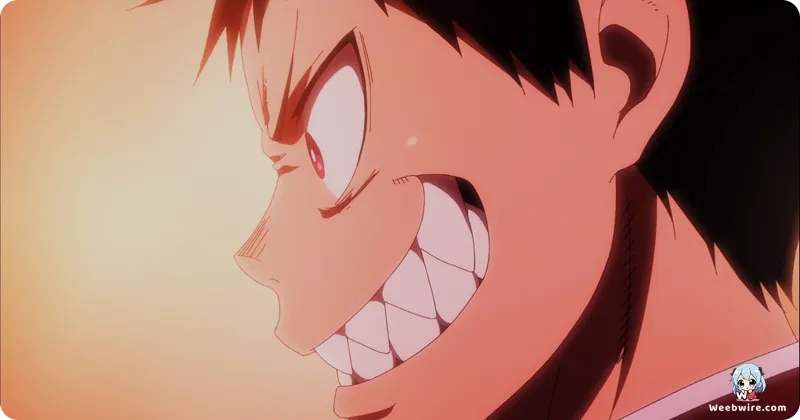Unraveling the Truth: How Fire Force and Soul Eater Share a Universe, and the Psychological Secret Fueling Arthur Boyle's Power

Fire Force (En’en no Shōbōtai), the explosive hit from creator Atsushi Ōkubo, has garnered international acclaim not just for its breathtaking, high-velocity action and the spectacular pyrotechnics brought to life by David Production, but also for its surprisingly deep and complex underlying mythology. While ostensibly a narrative about specialized squads battling spontaneous human combustion, the true depth of the series lies in the esoteric facts and intricate connections woven into its fabric, most notably, its profound relationship with Ōkubo’s previous legendary work, Soul Eater.
The Interconnected Cosmology with Soul Eater
Ōkubo himself has firmly established that Fire Force is not a standalone venture; the two series inhabit the same vast, interconnected cosmology, positioning Fire Force as a distant precursor or parallel timeline to the events chronicled in Soul Eater. This crucial lore point is explicitly addressed in the manga's conclusion, but observant viewers of the anime can spot thematic breadcrumbs throughout the narrative.
The most striking of these shared elements is the presence of Excalibur, the ridiculously bombastic holy sword. Although Arthur Boyle’s version is a plasma-based construct generated by his Third Generation ability, its signature catchphrases and delusional personality ("Fools!") are identical to the legendary artifact from Death City. This shared mythology is further reinforced by the visual landscape: the moon depicted in the culminating acts of Fire Force bears an undeniable resemblance to the iconic, perpetually grinning celestial body from Soul Eater, strongly suggesting that the Tokyo Empire’s setting is the foundation from which the future world of Death City eventually arises following the cataclysm involving the Evangelist.
Psychological Foundations of Power
Beyond this macro-level universe building, the core mechanics of power within the Tokyo Empire are rooted in fascinating character psychology. Protagonist Shinra Kusakabe, for instance, exhibits the infamous "devil's smile," an involuntary facial tic that surfaces under duress or nervousness. Far from a mere stylistic quirk, this grin is a palpable manifestation of his childhood trauma, a psychological defense mechanism tied to the day his mother transformed into an Infernal. David Production expertly uses dramatic shading and intense lighting to highlight this conflict, making the smile a visual representation of his internal agony.
Perhaps the most unique power constraint belongs to Arthur Boyle. His potent Third Generation ability, which allows him to conjure and wield his plasma Excalibur, is fundamentally dependent on his mental state. Arthur’s strength scales directly with his level of self-delusion; the more intensely he believes he is a king from a fantastical medieval epic, the stronger he becomes. Conversely, any harsh confrontation with reality significantly weakens him. This mechanism makes his unwavering fantasy not a comedic side note, but the literal engine driving his formidable pyrokinesis, positioning him as one of the most psychologically reliant characters in modern anime.

The Dark Secret of the Tokyo Empire
Finally, the seemingly utopian foundation of the Tokyo Empire hides a devastating secret: the Amaterasu, the immense thermal energy converter providing perpetual power, is fueled by a living sacrifice, a member of the original Kusakabe generation. This dark secret reveals the morally compromised lengths the Holy Sol Temple will go to ensure survival, making the world inherently unstable and setting the stage for the Eighth Company’s ultimate confrontation. The technical mastery of David Production, utilizing high frame rates and distinct sonic profiles to make fire itself a dynamic, central character, further cements Fire Force's legacy as a technical benchmark in the supernatural action genre.
Credits
Fire Force
Author
Atsushi Ōkubo
Cover Art
Atsushi Ōkubo
Studio
David Production
Publisher
Kodansha
Producers





